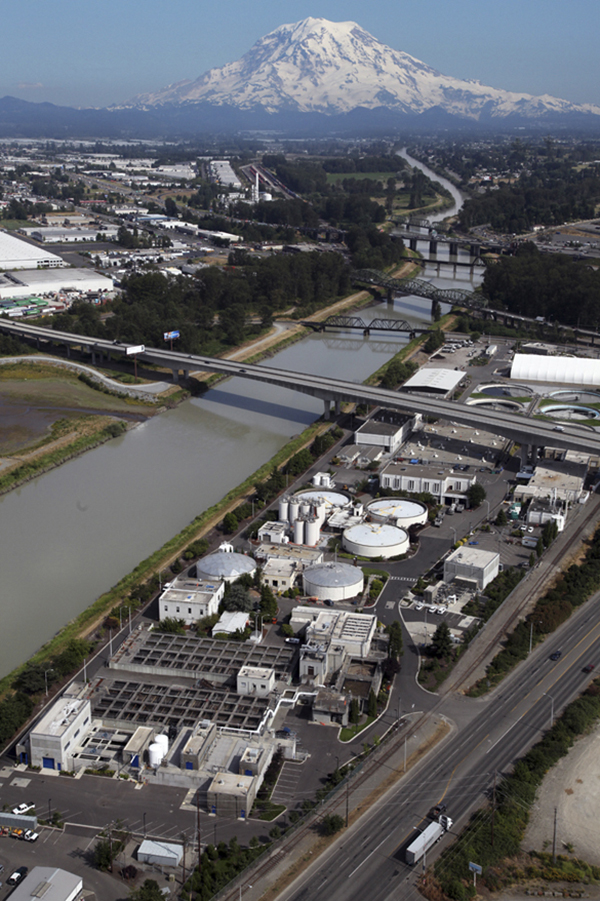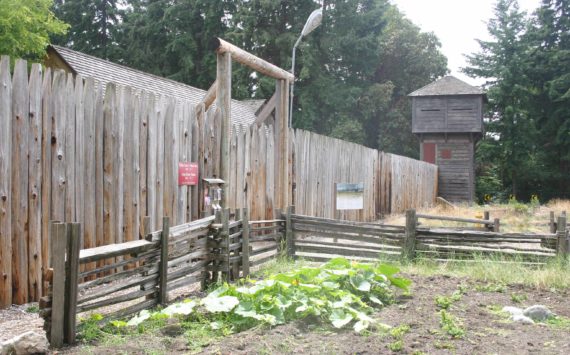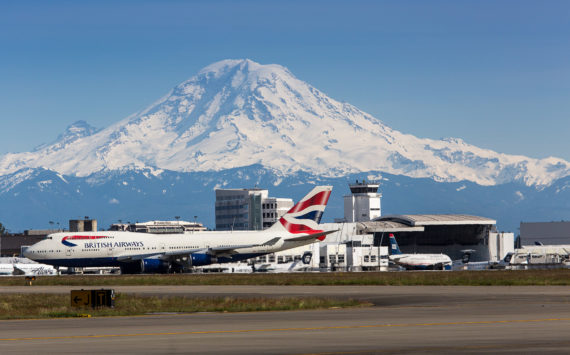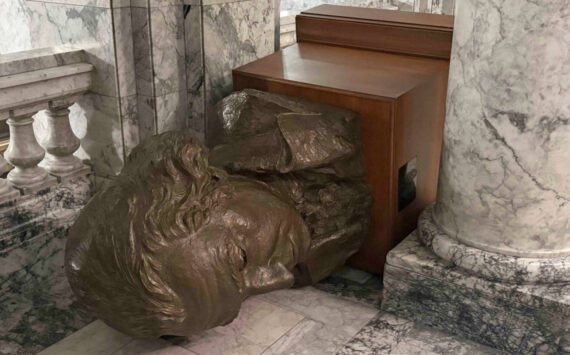KANSAS CITY, MO. – Tacoma’s Central Wastewater Treatment Plant Flood Protection Project was recently named 2016 Public Works Project of the Year by the American Public Works Association. The project is being honored with APWA’s Project of the Year award in the Disaster/Emergency Construction/Repair category at a cost between $5-25 million. This award honors agencies that have included the techniques and timing for safety, community relations, environmental protection, adverse conditions and additional considerations.


For 2016, the team of winners includes City of Tacoma Environmental Services as the managing agency, IMCO General Construction, as the primary contractor, and CH2MHILL. as the primary consultant. The award will be presented during APWA’s 2016 PWX Conference Awards Ceremony in Minneapolis, Aug. 28-31.
The Central Treatment Plant is the most critical component of wastewater infrastructure within the City of Tacoma. The CTP treats approximately 80 percent of the wastewater for the city. During wet weather months this facility treats an average of 30 million gallons per day of wastewater. During large winter storm events, the CTP will receive and treat over 130 million gallons of wastewater in a single day.
The CTP is located on the west bank of the Puyallup River in the Tacoma floodplain area. The floodplain is protected from routine flooding by a series of levees constructed by the U.S. Army Corps of Engineers, including a levee on the northeastern side of the CTP that separates the plant from the Puyallup River. Despite the existing levee system, the CTP was still at risk from flooding due to possible failure or overtopping of the levee system upstream of the CTP.
In early 2009, the Tacoma area experienced severe wet weather conditions, which led to very high water levels in the Puyallup River. These conditions were severe enough to require sandbagging operations at the CTP to be initiated. While actual flooding at the CTP was ultimately avoided, the storm event was a reminder of the vulnerability of the CTP to flooding events. It was also a reminder that it would be nearly impossible to fully protect the CTP from a severe flood via the use of temporary sandbags.
Major flooding at this critical facility would have numerous negative environmentally- related impacts, including millions of gallons of untreated wastewater entering South Puget Sound. Due to this, flood preparedness at the CTP was crucial. The city proposed flood improvements specifically designed to protect the CTP, in the form of a vertical barrier. Working in a design partnership with CH2M HILL, the design team refined this initial idea to a steel sheet pile wall. The resulting flood protection project provided for the construction of a floodwall, ranging from two to eight feet in height above ground and around the currently unprotected perimeter of the CTP as well as a mobile surface water pumping station.
The floodwall alignment included 23 locations where existing operating utilities had to penetrate the below-grade portion of the floodwall. One of these penetrations was a 48-inch high-pressure water main and another was a 42-inch sanitary sewer line. These two larger penetrations of critical utilities posed significant design and installation challenges. Sheet piles had to be driven within 12 inches of these critical and fully active utilities.
– American Public Works Association








